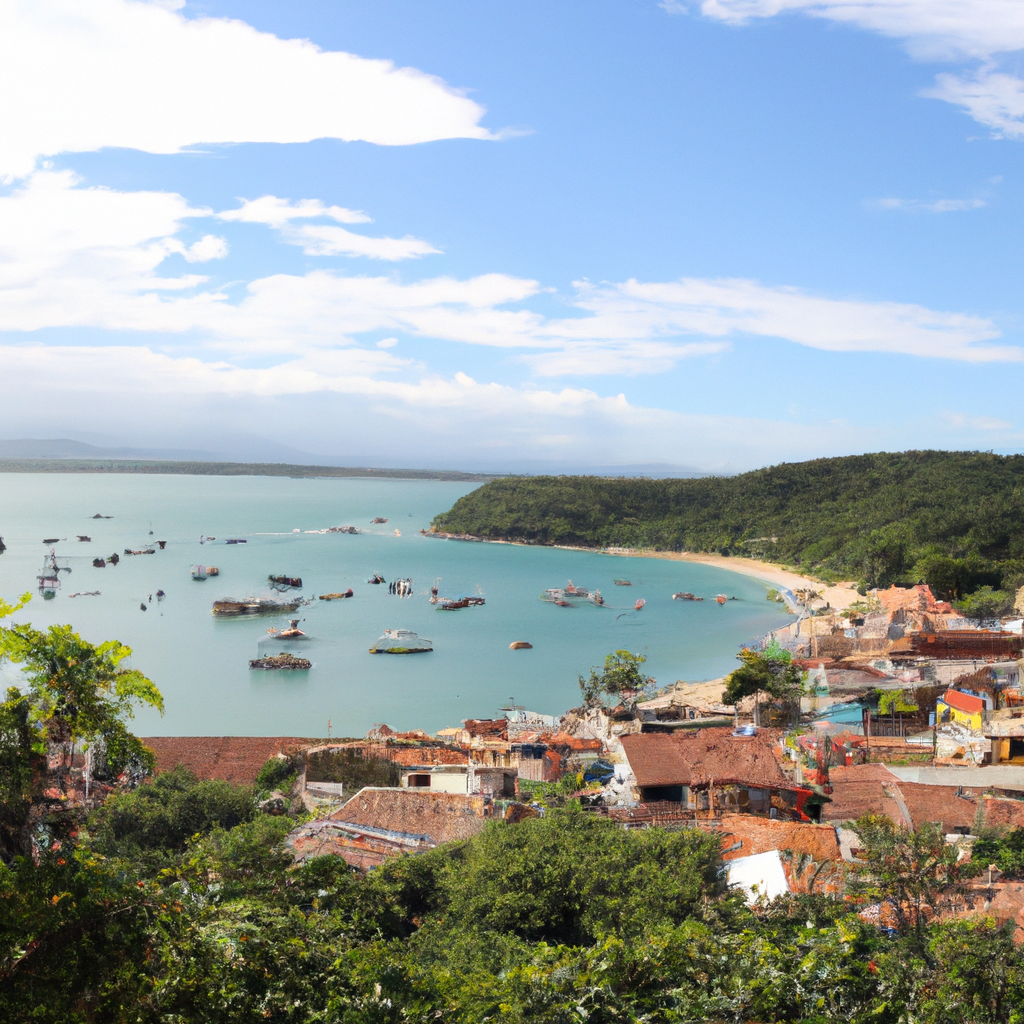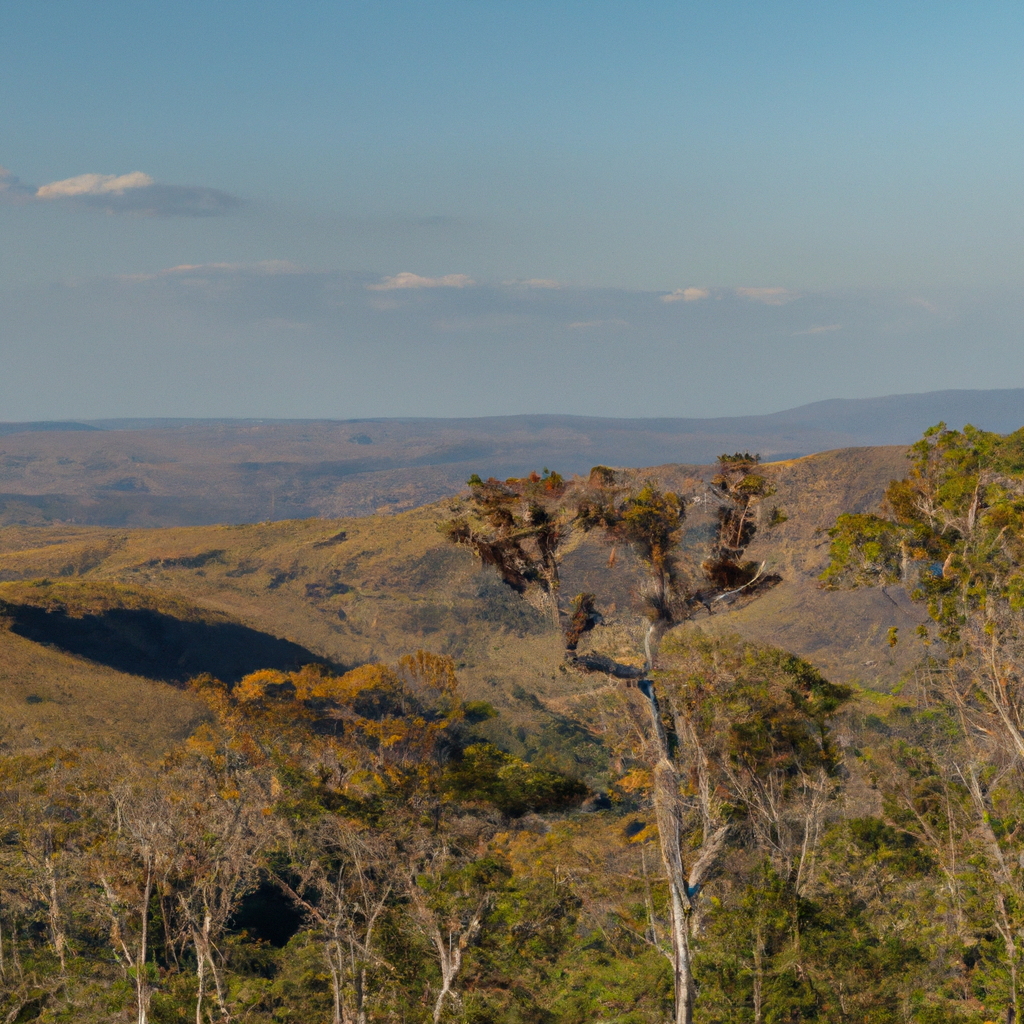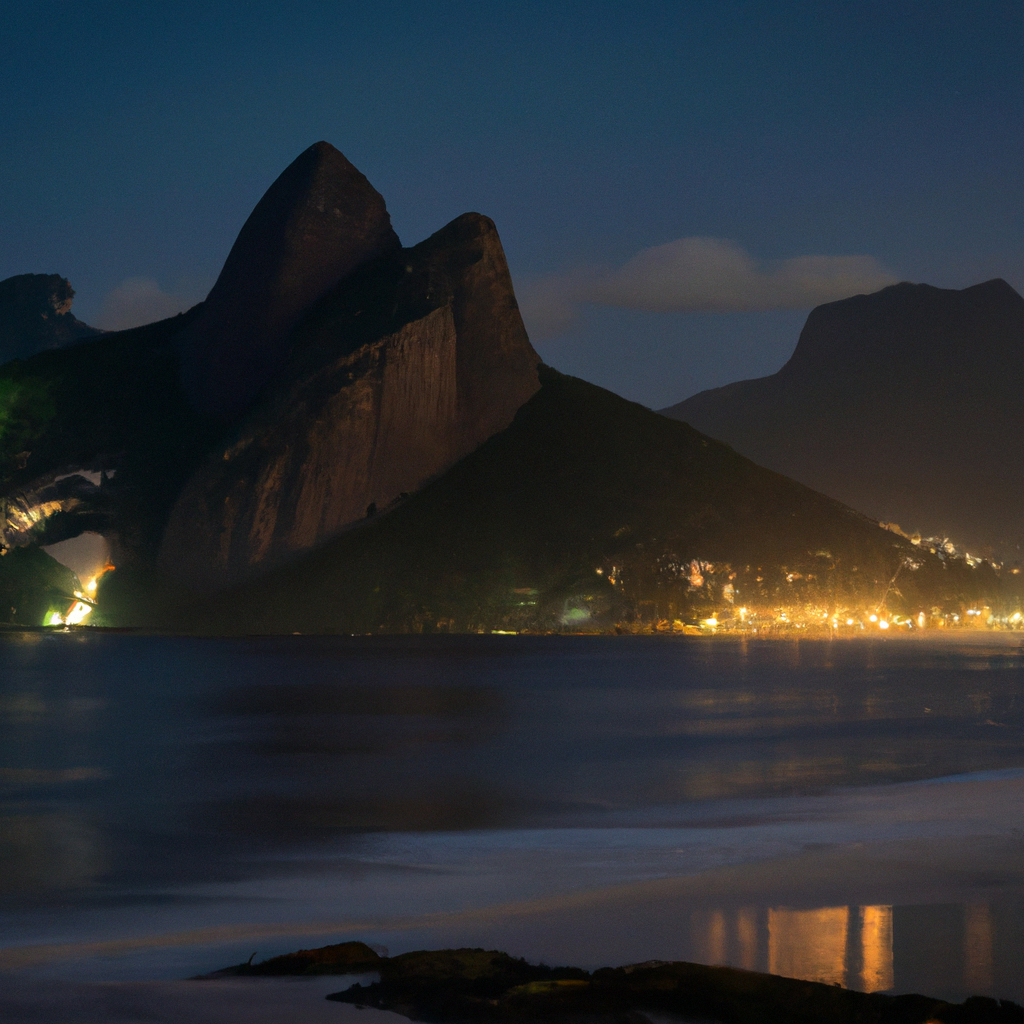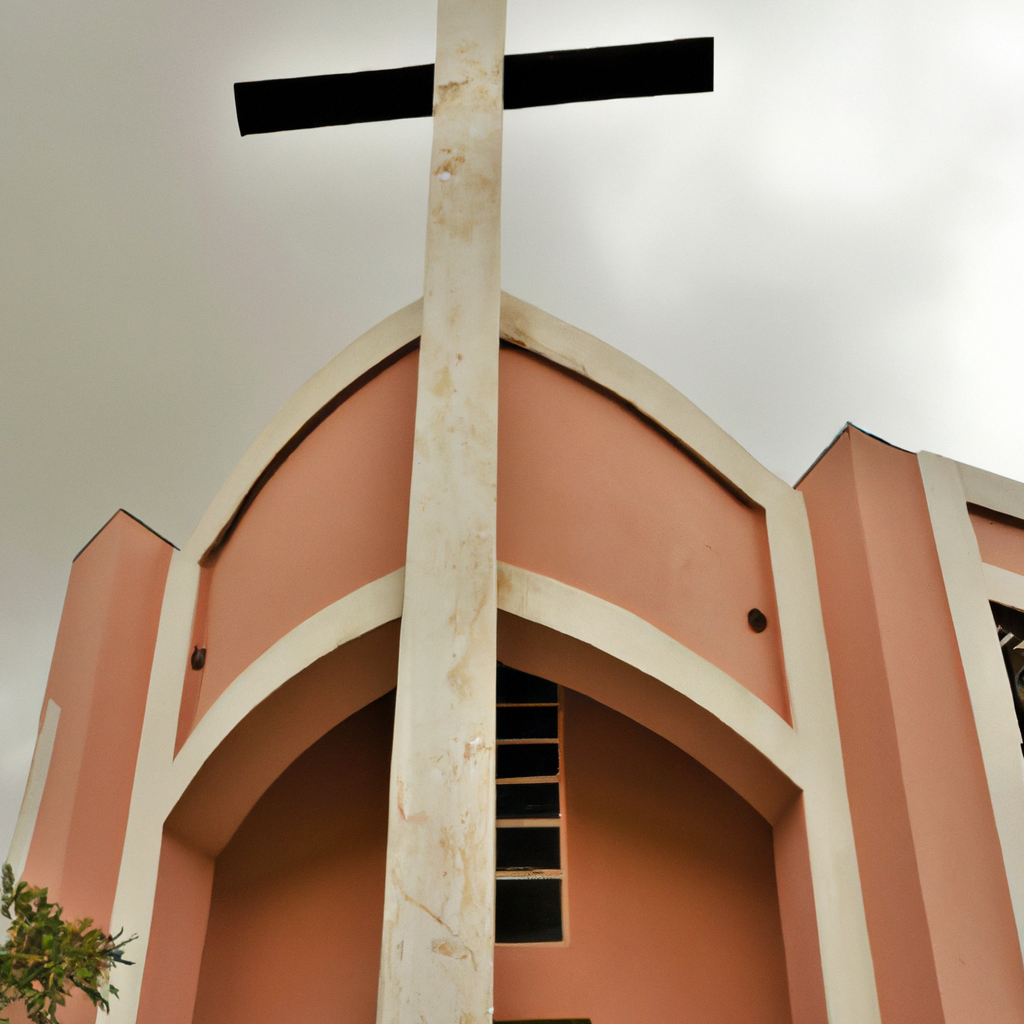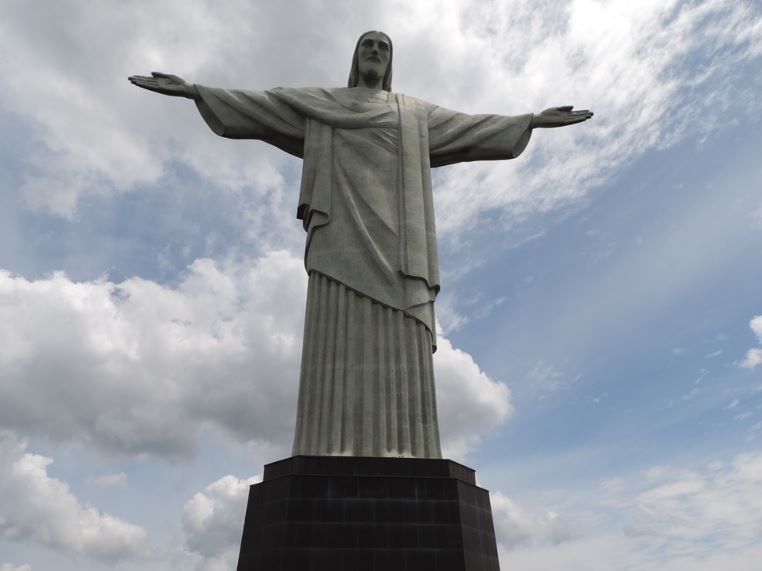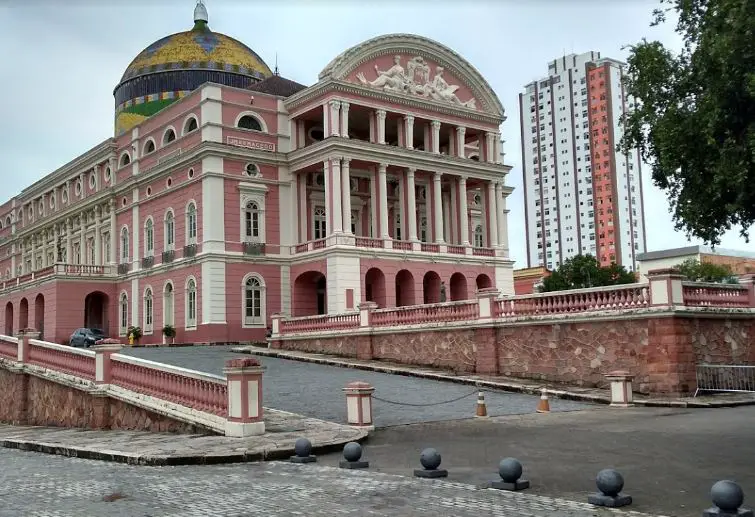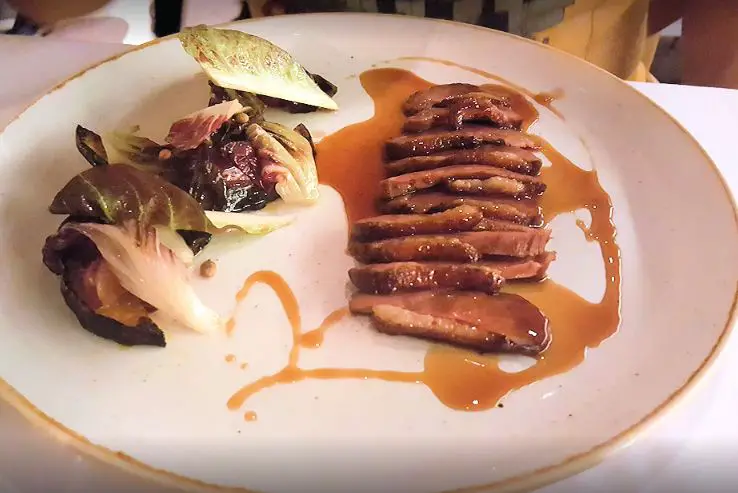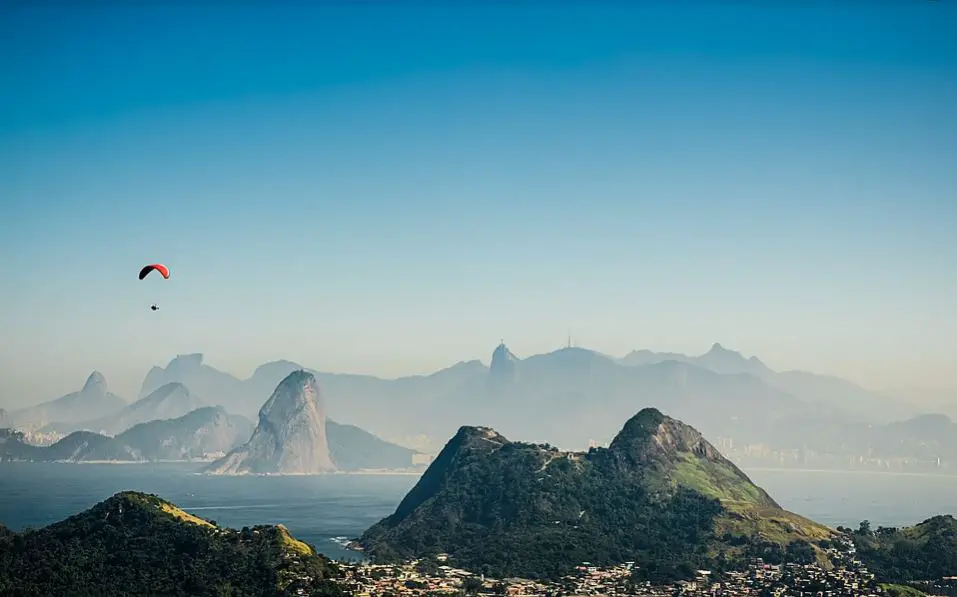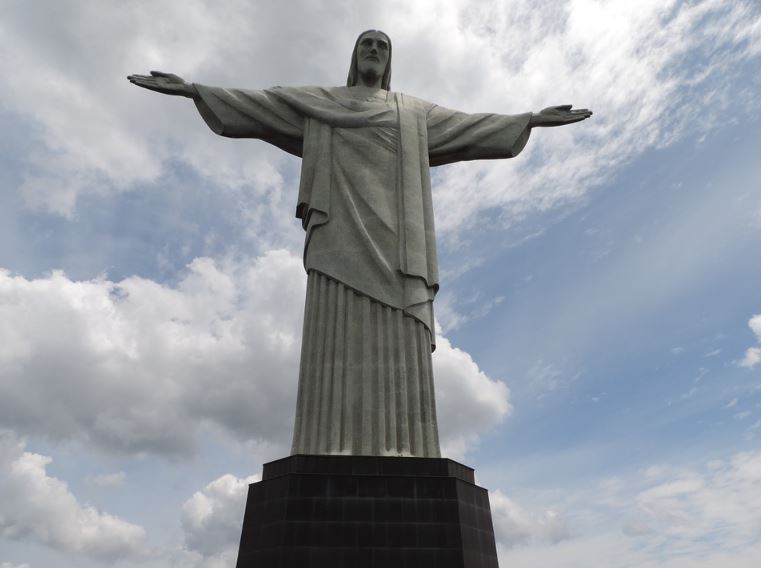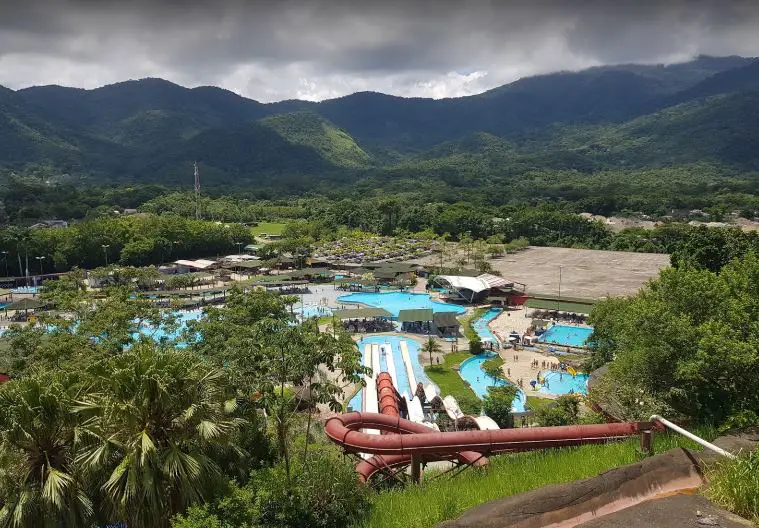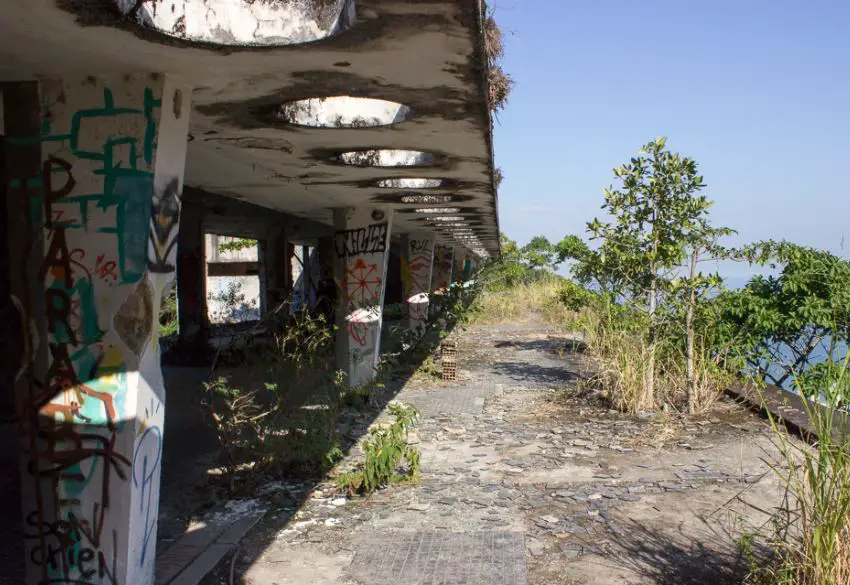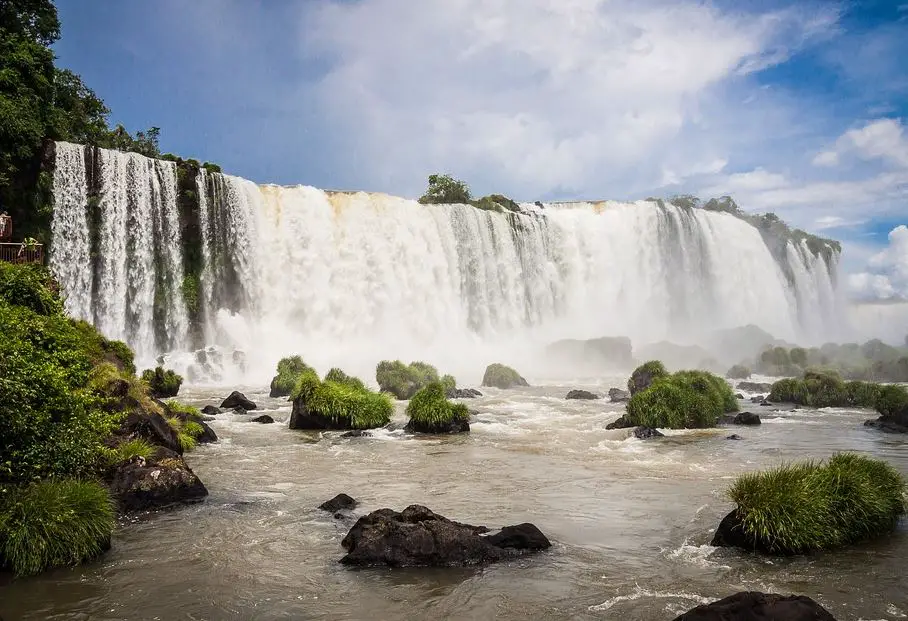Parque Nacional da Tijuca, Rio de Janeiro In Brazil: Overview,Prominent Features,History,Interesting facts
Overview:
Parque Nacional da Tijuca, Rio de Janeiro, is a conservation area encompassing mountaintops, diverse forest ecosystems, rivers, and waterfalls located within the city limits of Rio de Janeiro. Established in 1961, the national park is the world’s largest urban forest, spanning some 32,000 hectares (80,000 acres). Its lush, green hills and valleys provide stunning views of the city, and its trails attract hikers, cyclists, and tourists. The park is home to plant and animal species and has a rich human history, including archaeological sites that reveal traces of pre-Columbian and other indigenous cultures. It also provides recreational activities, from camping, rock climbing, and swimming, to bird-watching and sightseeing. It is one of the most beautiful monuments in Brazil
Prominent Features:
1. The world’s largest urban forest -The Parque Nacional da Tijuca is the world’s largest urban forest covering 3720 hectares of land in Rio de Janeiro. 2. A haven for wildlife – The park is home to various species of animals, including 70 different mammals, 500 species of birds, and many reptiles, amphibians, and fishes. 3. Waterfalls – Parque Nacional da Tijuca has over 20 waterfalls throughout such as the Cascatinha Taunay and the Cascatinha Chafariz. 4. A nature reserve – The park is also a nature reserve and a refuge for endangered species. 5. Hiking and camping – The park offers hiking trails as well as camping sites for visitors. 6. Panoramic views – There are various panoramic view points inside Parque Nacional da Tijuca, including the Vista Chinesa, Mirante Dona Marta, and the top of Pedra Bonita. You can learn history, culture, and heritage through these magnificent monuments in Brazil.
History:
Parque Nacional da Tijuca is an urban park located in the city of Rio de Janeiro, Brazil. It was declared a National Park in 1961, becoming the world’s first urban National Park. The park was created to protect the largest Atlantic forest within an urban setting and offers relaxing opportunities for visitors. The land that makes up Parque Nacional da Tijuca was once part of a large coffee-growing estate of the same name. By the mid-19th century, the coffee production on the land became unprofitable and so the land was repurposed as a hunting reserve for Portugal’s royal family. The Duchess of Saxe-Coburg and Gotha purchased the land in 1856 and used it for hunting large game such as jaguars and pumas. In the late 19th century, a French landscape designer named Jean Baptiste Théodore Girardot was hired to transform the estate into a 'romantic forest’. He planted thousands of trees and created walking paths to make the area more inviting to visitors. The park was opened to the public in 1861, becoming the first urban park in Brazil. In 1861, the park was declared a national monument by the Brazilian Emperor Dom Pedro II, thus beginning its long and distinctive history as an environmental oasis for Rio de Janeiro’s urban population. Since then, Parque Nacional da Tijuca has been extensively preserved and maintained. It currently covers more than 3500 hectares and is home to many rare plants and animals. Visitors can hike, bike, and explore the park, as well as visit its many historic monuments. Visit one of the famous monuments of Brazil with your friends and family.
Interesting facts:
1. Parque Nacional da Tijuca is the oldest urban forest in the world. It was created in 1861 to restore the Atlantic Forest and covers 32 square kilometers. 2. Parque Nacional da Tijuca is the home to Rio de Janeiro's stunning Christ the Redeemer statue. 3. The park contains numerous waterfalls, including Cascatinha de Taunay and Cachoeira das Almas. 4. Parque Nacional da Tijuca is a paradise for birdwatchers. The park is home to over 250 species of birds as well as wild cats, deer, and monkeys. 5. The stunning 3-mile track, Trilha das Imagens, passes through some of the park's most beautiful landscapes. The trail features colorful murals and sculptures that pays homage to Afro-Brazilian culture. 6. The Cantagalo Tunnel is an important reminder of Imperial-era slave labor. It was created in the 1800s by slaves as an escape route. The tunnel is a stark reminder of slavery and the journey towards freedom. 7. Parque Nacional da Tijuca is an important biodiversity corridor in the middle of Rio de Janeiro. The park links two of the city's other green spaces, Corcovado, and Pedra da Gávea. 8. The park features a suspension bridge, trails for mountain biking and rock climbing, breathtaking views, and a vast array of flora and fauna. 9. Parque Nacional da Tijuca reaches an altitude of 1073 meters and contains more than 80 different species of trees. 10. The park is home to the largest stand of Atlantic Forest trees in the entire world. One of the historical monuments of Brazil, it tells the story of a bygone era
Explore Brazil most popular tourist destination with us. Parque Nacional da Tijuca, Rio de Janeiro In Brazil: Overview,Prominent Features,History,Interesting facts,which is 35.14 km away from Brazil main town, is the most popular destination to add in your travel wishlist.
-
City:
Brazil
-
state:
Rio de Janeiro
-
country:
Brazil
-
country code:
BR
-
postcode:
20730240
Location:
Rio de Janeiro Brazil

